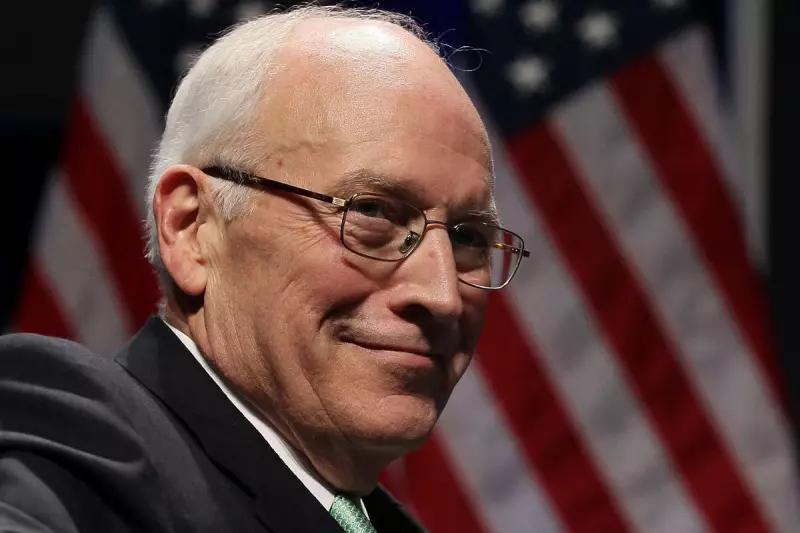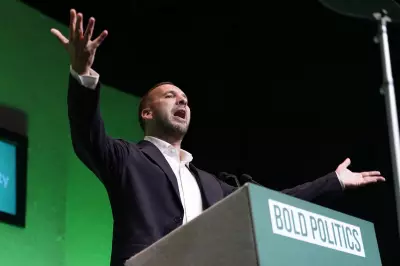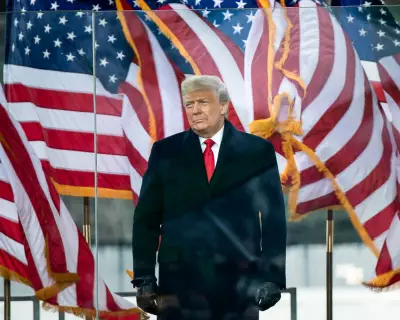
In a bizarre case of internet misinformation, former US Vice President Dick Cheney has found himself at the centre of a viral death hoax that spread rapidly across social media platforms this week.
The 83-year-old Republican statesman, who served under President George W. Bush from 2001 to 2009, is very much alive despite false claims circulating online suggesting otherwise.
The Source of the Confusion
The rumours appear to have originated from satirical websites and quickly gained traction on platforms including X (formerly Twitter) and Facebook. Many users shared the false news without verification, demonstrating the persistent challenge of combating misinformation in the digital age.
Official sources close to Cheney's family have confirmed to multiple news outlets that the former vice president remains in stable health, though he continues to manage the longstanding heart conditions that have affected him for decades.
A History of Health Challenges
While Cheney has faced significant health issues throughout his later years, including multiple heart attacks beginning in his thirties and a heart transplant in 2012, his current condition is reported as stable.
The former vice president's medical history is indeed extensive:
- First heart attack at age 37
- Quadruple bypass surgery in 1988
- Heart transplant in 2012 at age 71
- Various other cardiovascular procedures over the years
Despite these challenges, Cheney has remained active in political commentary and public life, though he has maintained a lower profile in recent years.
The Pattern of Political Death Hoaxes
This incident follows a troubling pattern of celebrity and political figure death hoaxes that regularly circulate online. Similar false reports have targeted figures including Queen Elizabeth II, Paul McCartney, and various Hollywood celebrities.
Experts note that these hoaxes often gain traction during periods of political tension or when public figures are out of the spotlight for extended periods, allowing misinformation to fill the information vacuum.
The rapid spread of such false information highlights the ongoing challenges facing social media platforms and news organizations in verifying information before it reaches mass audiences.





